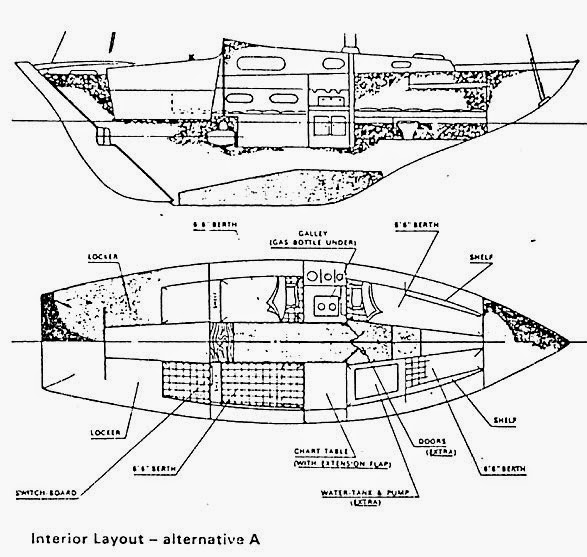I just checked the rigging tension. Decided to make everything on 10% of ultimate breaking strength except for the capping shrouds which were set to 15%. I found the information about rigging here:
The explanation which I liked the most was the following:
"Note From Nigel Charlesworth (UK) regarding accurate mast rake.
I have a measured drawing of Birgitta (Rogers CO26) which shows the original configuration and the modifications required to achieve a 2 degree mast rake. It meant chopping 125 mm off the backstays (dia = 4 mm) and increasing the forestay length (dia = 5 mm) by 110 mm. I used Staloks. No changes were made to the capping or the lower shrouds. The standing rigging was re-tensioned, using a “Sure-Rig” tension meter as follows: everything 10% of ultimate breaking strength except for the capping shrouds which were set to 15%. When this was all done, the main halyard was dropped to the deck into a bucket of water and the distance from its bottom to the mast step was measured and found to be 295 mm which gives a 2 degree rake. Birgitta was put on the water, sailed and the standing rigging re-tensioned. Prior to any of this we were tacking through 115 degrees. Post static tensioning we tacked through 90 degrees, and after the dynamic re-tensioning we achieved 85 degrees in a 15 – 20 knot breeze. What was interesting was that it was the lower fore shrouds that create an automatic pre-bend. Equally interesting is that the flatter the sails the better the tack. By just slightly loosening the main and genoa luffs and easing the vang the tacking angle increases to 95 degrees."
















